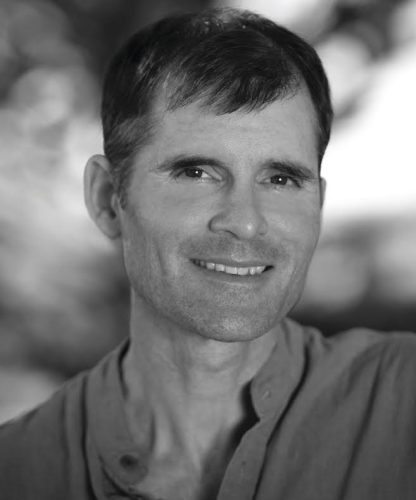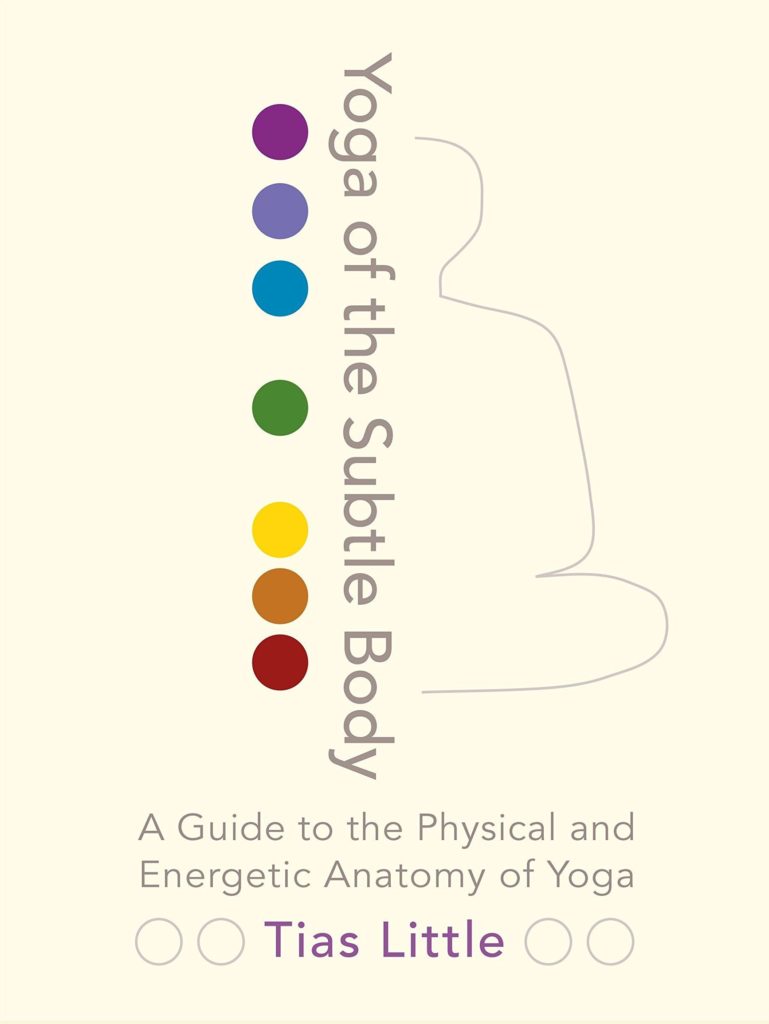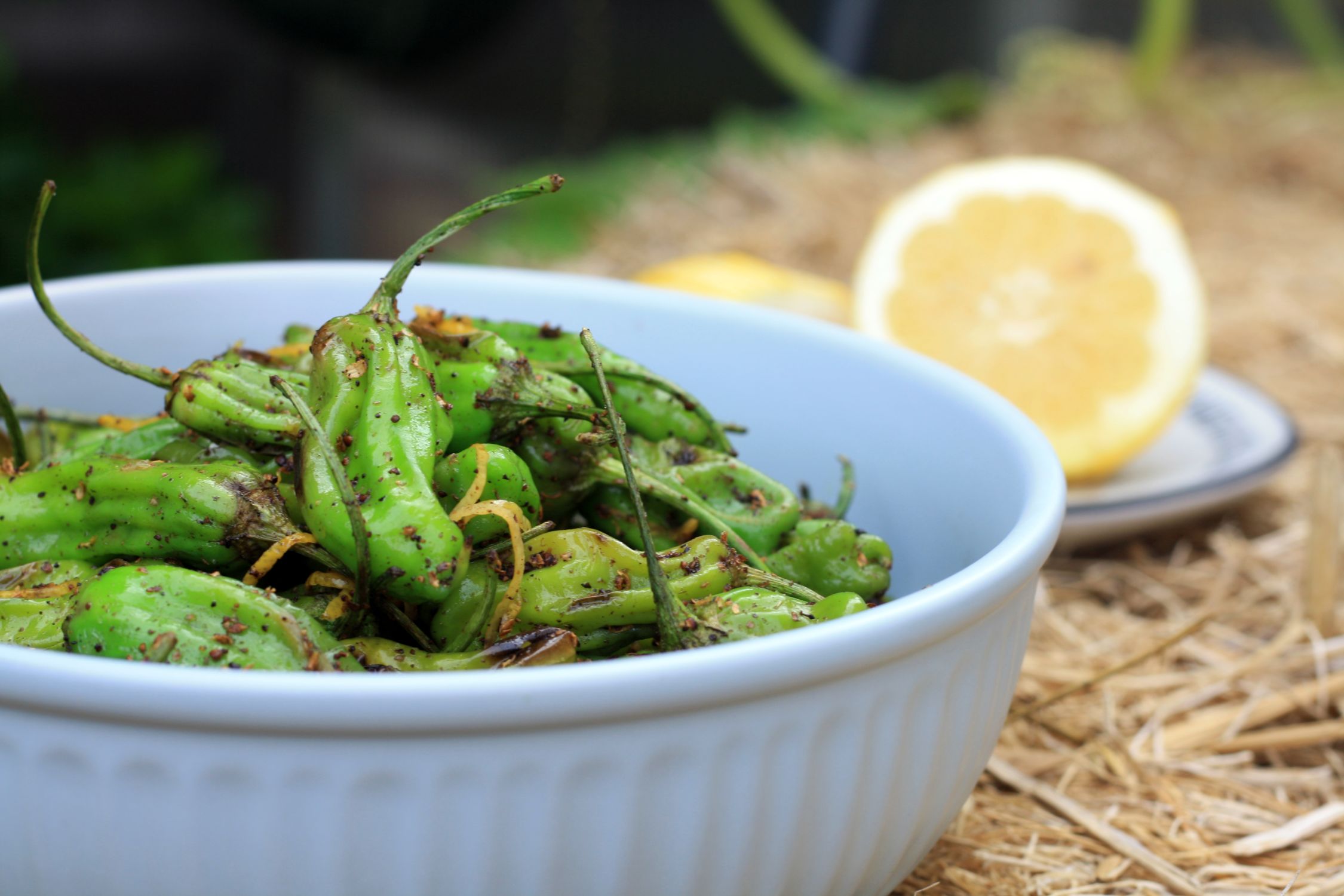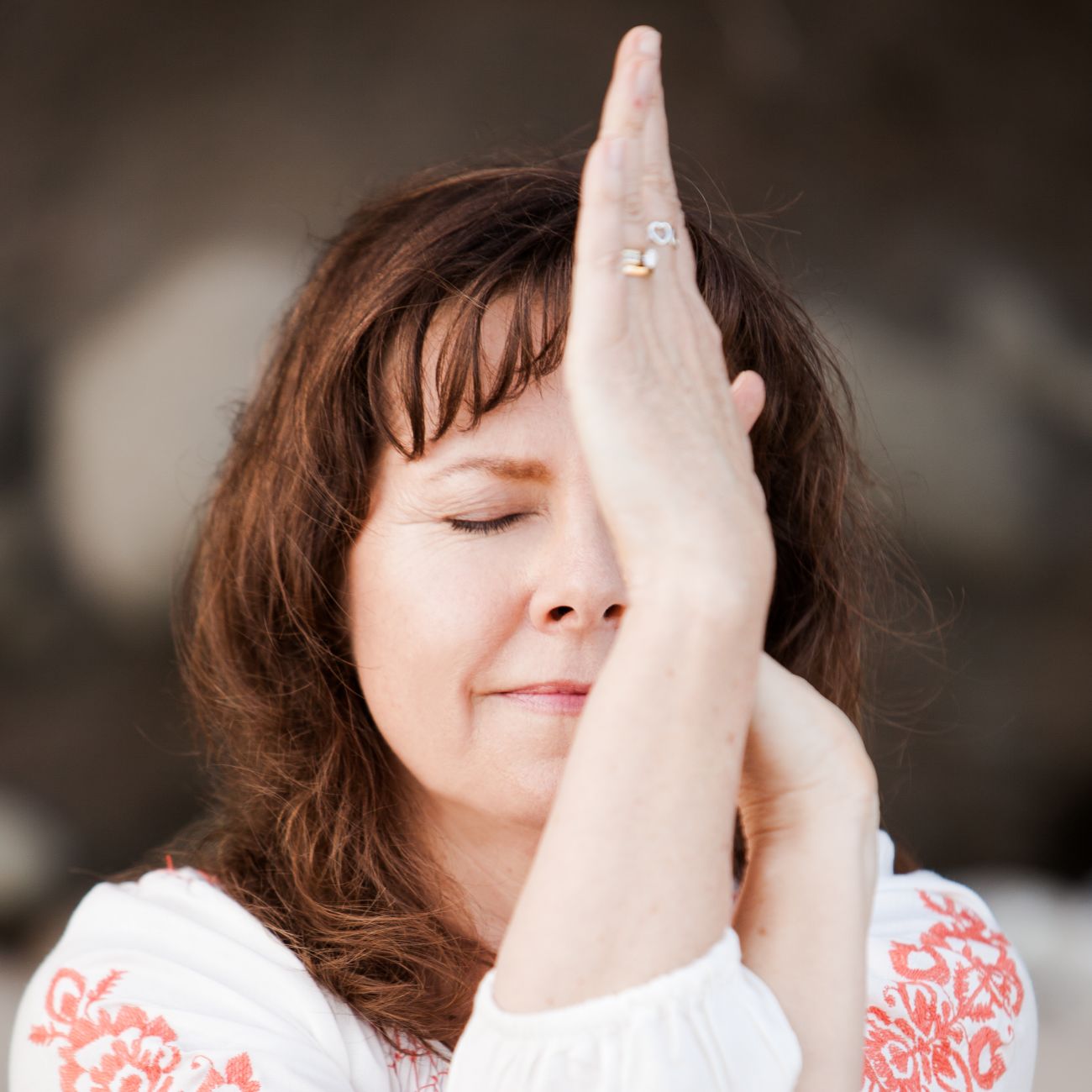Tias is coming to town! Next month, we are thrilled to welcome Tias Little, the inimitable founder of Prajna Yoga in Santa Fe, New Mexico. He started his practice in the ’80s and, even before then, yoga ran in his family; Tias’ mother had a huge impact on his yoga career, as one of his first influences and teachers. We feel very grateful to be one of the few studios in the Bay Area to host Tias on a regular basis. Since his extensive ashtanga and iyengar roots, Tias has become an expert on the subtle body. For this reason, we selected his book Yoga of the Subtle Body: A Guide to the Physical and Energetic Anatomy of Yoga for our first Book of the Month column. Below, teachers and contributors weigh-in on what they took away from it.

Jennifer Prugh, Breathe Together Yoga Studio Owner and JOY YTT Founder
“I find that the beauty of a mind-body discipline, such as yoga or qigong, is that it is an endless process of discovery and surprise. This is frequently overlooked by students, driven by gain, and bent on mustering as much strength and flexibility as possible. I think that yoga, rather than a path leading to mastery, is an invitation to evoke mystery and channel powerful, subtle, and ultimately unnameable energy that roams inside. A dedicated practice is like a rite of passage that guides one to sense, feel, and remember that which inevitably resists identification.”
I love this passage because it has become my experience of the practice. I appreciate that Tias includes qigong because I feel that both modalities can transport us into a palpable field of embodied inquiry. And it is in that field where intuition, moments of clarity, and profound love for no particular person or object seem to live. Any day, any time, wonder can be reawakened when we gather our awareness within breath and body. Yoga is like San Francisco’s Exploratorium, but without the commute: always something to discover, just open the door and pay attention.
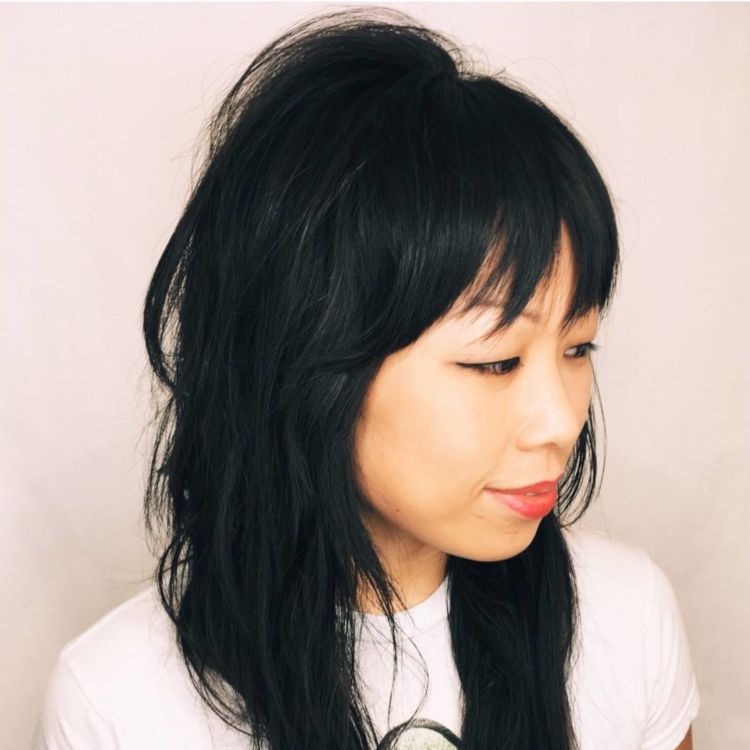
Jen Woo
After so many years of practicing Mysore-style ashtanga yoga, with so much emphasis on the bandhas, it was nice to have this additional perspective to help me visualize this somewhat abstract concept of bandhas. He compares uddiyana bandha to a hovering hawk, which beautifully captures this rooted upward surge.

Joanne Varni, BTY Teacher and JOY Faculty
Tias Little’s book is a user’s guide on how the physical and energetic bodies work in collaboration with each other. He demonstrates how our physical, energetic, and emotional bodies need to be in harmony, and gives useful and accessible advice on how to access that. It’s a must-read for anyone who works in the healing arts, as well as individuals who want to understand physical and energetic integration.

Alyssa Prettyman, BTY Teacher
You can turn to just about any page of this book and find something interesting and inspiring for your yoga practice. It’s a great listen on Audible, so you can try some of the meditation and postural techniques, without fumbling with pages. As a movement nerd, I particularly love this quote from page 163:
“In the motor development of an infant the crawling phase establishes foundational patterns for all movement. Bilateral development is essential for orienting the two sides of the body and promoting neurological advancement in the brain. Crawling initiates development within the lungs, hands, arms and shoulders, and the two domes of the diaphragm. Children who skip the cross-crawl phase may suffer from poor integration of their right and left sides.”
Does anyone else feel the urge to do bird-dog? By breaking down basic structure, neurology, and development, Tias helps us see how even the most basic yoga postures and breathing exercises greatly contribute to our health and well-being.
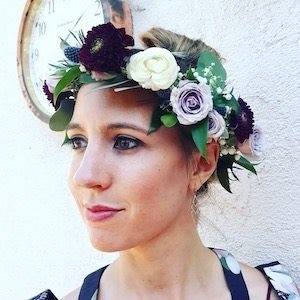
Katie Davidson, BreatheTogetherOnline.com Editor
I’ll admit, I have not read all of Tias’ extensive book. However, similar to what Alyssa shares above, from what I have read, there was something to take away from every single page. Specifically, I was drawn to his concepts around the heart chakra. His analogies of the heart include an expansive ocean and tending a garden. What strikes me is how he encompasses the totality of the heart, embracing all parts of the human experience, not just the pleasant moments. He writes, “The broken heart epitomizes the pain inherent in our experience of the conditioned world. The heart that suffers in turn is the heart that can truly feel great love and compassion for all beings.” While heartache is hard to navigate, I have found the hardest moments are when I am able to connect even deeper with the people in my life. When others I love are grieving, I am able to be more present to their pain. This concept of empathy (not sympathy) also made me think of our column, “Where the Light Enters.” Inspired by Rumi’s famous poem, these personal accounts explore how painful situations have led people to great transformation.

